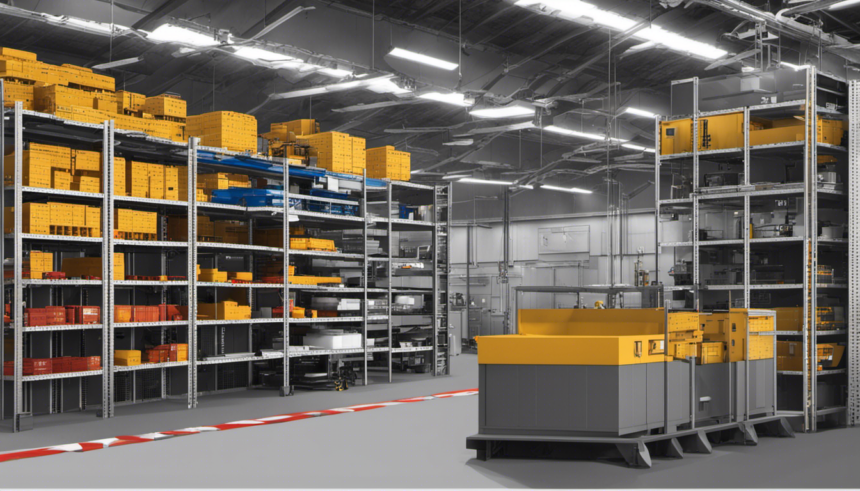International Organization for Standardization’s New Technical Specification 20559: A Systems Approach to Safety Communication
The International Organization for Standardization (ISO) has recently published a new technical specification, ISO/TS 20559, which focuses on workplace safety sign systems. However, its underlying concepts can be applied to various forms of safety communication, including product safety labeling. This article explores the significance of ISO/TS 20559 and its relevance in today’s world.
The objective of ISO/TS 20559 is to provide recommendations and explanations on the practical application of safety signs to form a system of communication intended to reduce risk. The technical specification describes the visual components that make up best practice “systems” of signage, making it an essential document for organizations to use to better manage risk.
According to Geoffrey Peckham, the chairman of ISO/TC 145 and the principal author of ISO/TS 20559, the substantial benefits of improved safety communication from the use of a systems approach to the specification and installation of safety signs is the key reason the technical specification was written. The document aims to bring awareness of potential hazards and instruct safe work procedures, whether it’s on a product or in a public or private facility.
ISO 45001, the world’s guidance standard for organizations seeking to provide a safer and healthier workplace, has sections titled “6.1.2 Hazard identification and assessment of risks and opportunities” and “7.4 Communication.” However, ISO 45001 has a gap in its safety communication approach, which is addressed by ISO/TS 20559. The technical specification provides a single concise document that brings together best practice concepts related to the design and installation of safety sign and label systems, making it an essential reference document for those responsible for risk reduction.
ISO/TS 20559’s systems approach to safety communication involves considering each sign as part of a system of standardized elements, categories, and layouts. The technical specification explains that there are four ways that signs can be considered “systems” of safety information: each sign is made up of a system of standardized elements, each sign belongs to a system of standardized sign categories, safety signs function as a unique system of signs, and when best practice ISO safety sign standards are used, each posted sign and marking becomes part of a global system of safety communication.
The principles outlined in ISO/TS 20559 can be applied to product safety labels. Engineers should develop a holistic approach to their safety communication task, considering the design and installation of a single product’s labels as a task to communicate and identify workplace hazards.


Leave a Reply